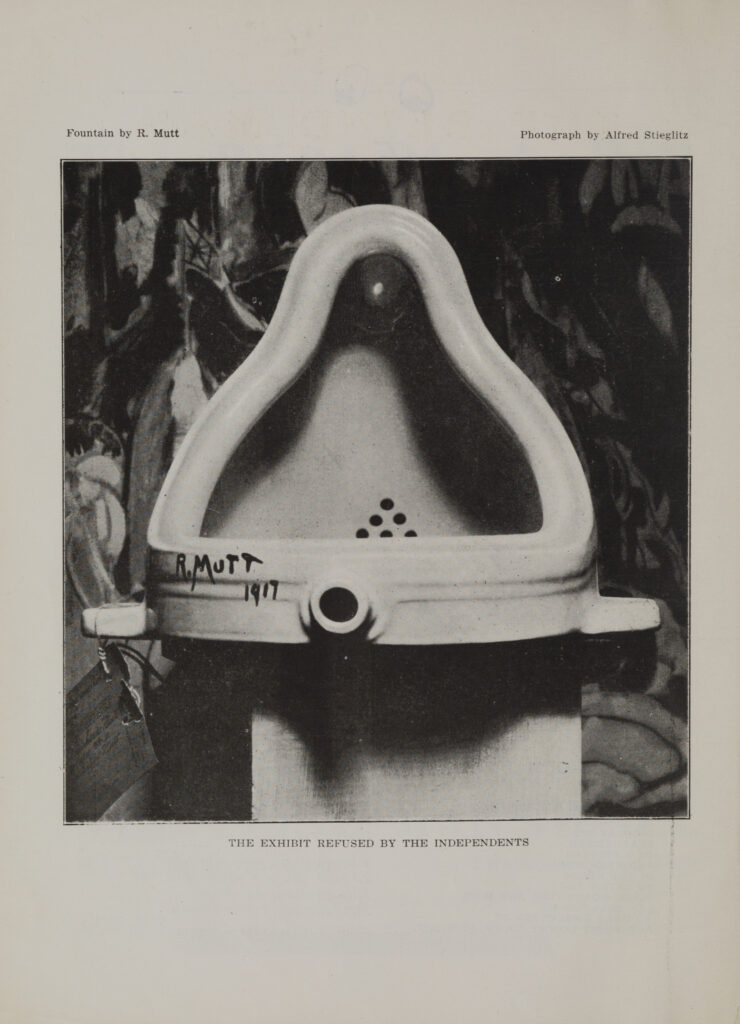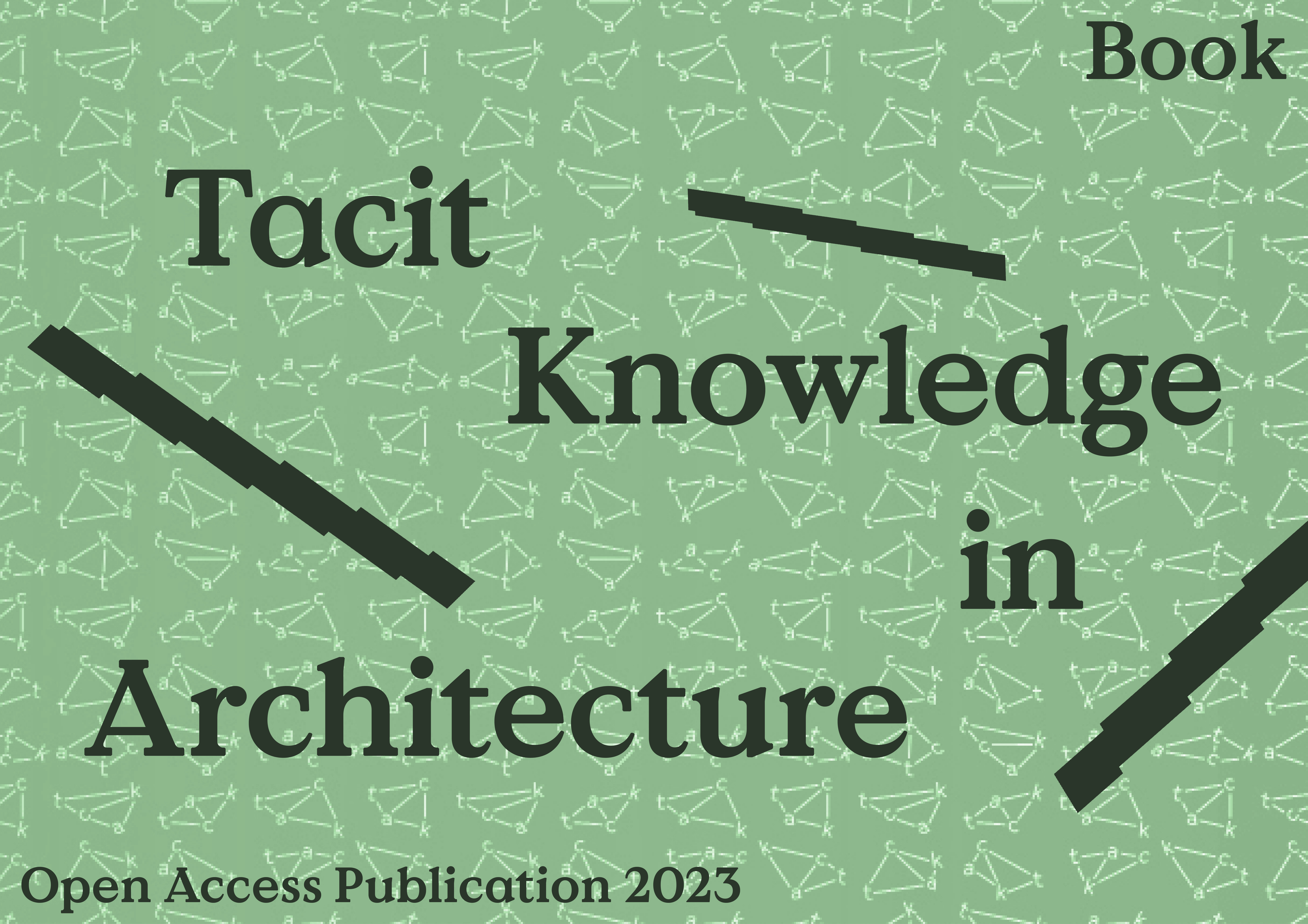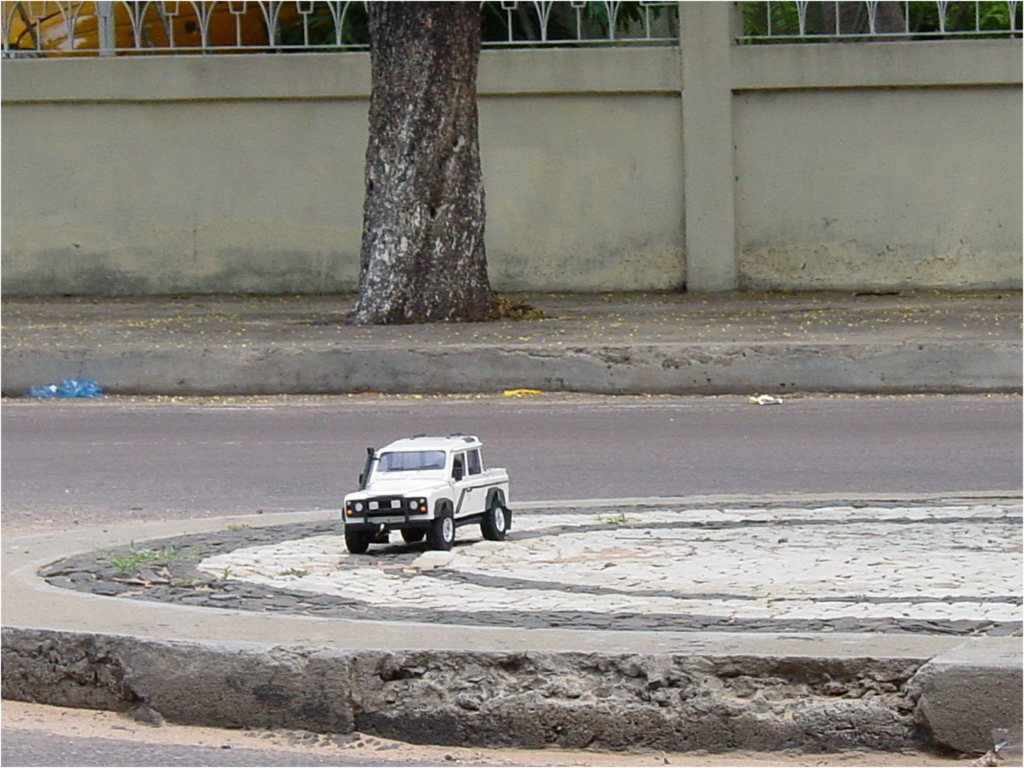Return to archive
title
Book presentation: Tacit Knowledge in Architecture
moderated by
Margitta Buchert Klaske Havik
presentators
Eric Crevels Anna Livia Vørsel Mara Trübenbach Paula Strunden Claudia Mainardi Hamish Lonergan Ionas Sklavounos Caendia Wijnbelt Jhono Bennett Filippo Cattapan
respondents
Christoph Grafe Wivina Demeester
The book presentation will take place on 19th June 2023 at ETH Zürich (Auditorium HPV G5) between 17:30 – 19:00 (CEST).
This part of the conference will present the various approaches of the PhD researchers in the TACK network exploring `Tacit Knowledge in Architecture´. In short talks they will show glimpses into their research settings and contents and debate these special ways of researching into this special research field. The series of reflections opens with explorations on `Dramaturgies´ to investigate architectural culture’s relationships to material, the body, workmanship and care. In transdisciplinary encounters tacit knowing is discussed as sensual lived experiences of skillful interaction with different materials in real, productive settings. It becomes clear how material concerns and details have an impact on the social aspects of architecture as well as on the culture of its maintenance. Furthermore, they demonstrate how performative capacities and embodied impulses, related to materiality, steer processes of architectural imagination in the analogous context of a design process as well as in augmented reality, where they enable to uncover and discover different layers of spatial experience. The second focus is on a central aspect of architectural culture, namely the `communities of tacit knowledge’ in the field of architecture. They indicate how practices of architects come with their own ways of doing, from positioning and communication to ways of approaching sites, assignments and design processes. They address the cultural trajectories they imply and generate between the situated local and regional to the overarching and intermingled courses and ways of doing. The last set of contributions dwells upon the very situations that architects encounter, and that may call for very different forms of tacit knowing. They present highly situated approaches in which local communities and local building traditions and specificities as for example geographical and political situations are intrinsically interrelated with and also build critical parts of participatory and jointed projects. They address cultures of repair and especially the relevance of value settings in developmental processes, which also are key questions in educational contexts, where codes and conventions of architectural cultures are implicitly transmitted and in this way form part of future architectural practices.



